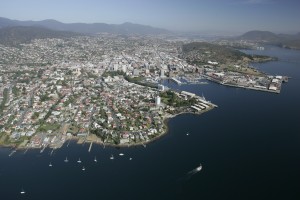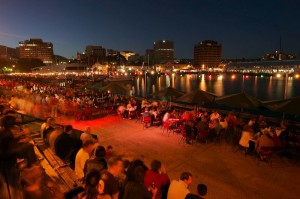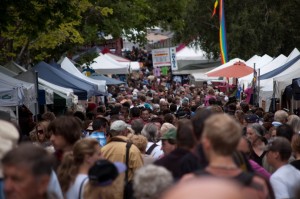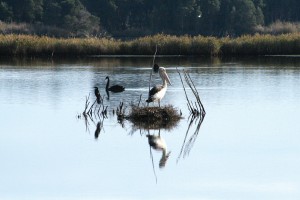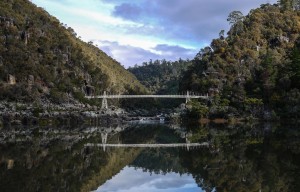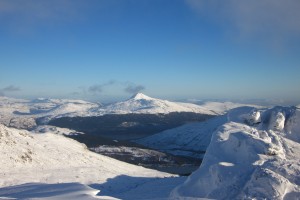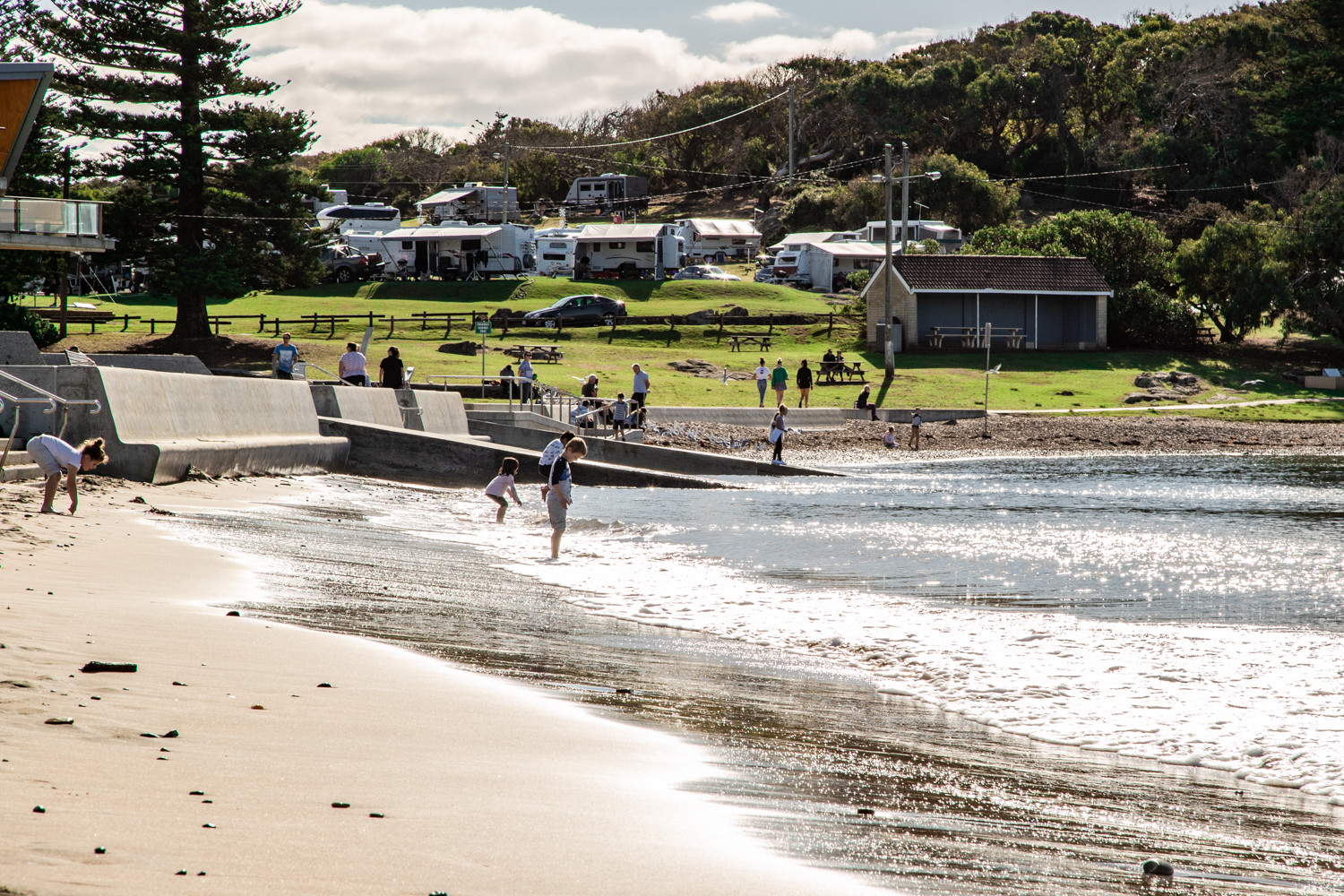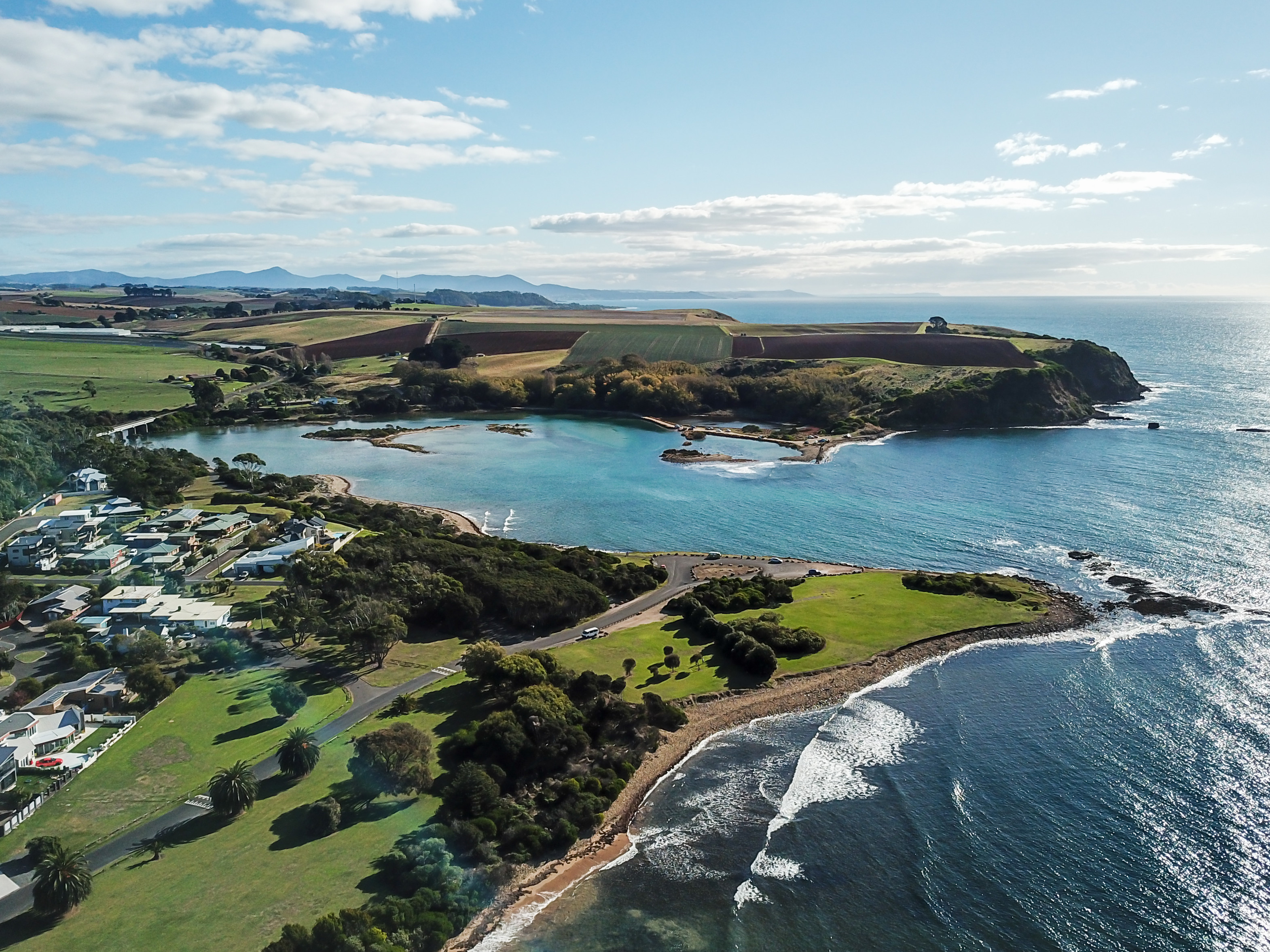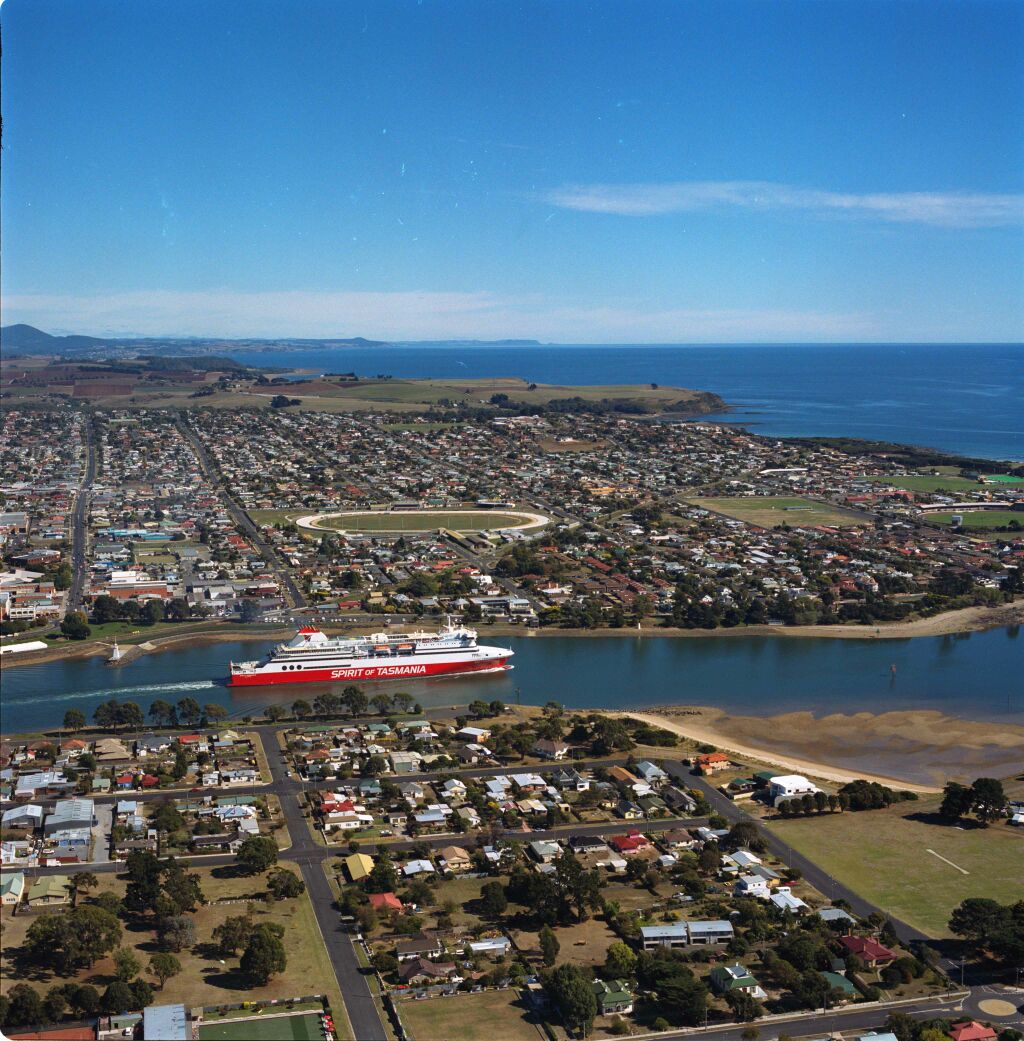The Island Life
Tasmania is Australia’s heart-shaped island state. Located 240km to the south-east of the Australian continent, Tasmania (or Tassie, as it is affectionately known) is home to a population of approximately 530,000 people.
Although Tasmania is a proud part of Australia, its differences make it a very special place –
Our cities are smaller, with no skyscrapers or traffic jams. Our people are so friendly that Hobart (Tasmania’s capital city) was named the World’s second friendliest city in 2012 by Conde Nast Traveller Magazine. Our cities are only a short drive away from surf beaches with crashing waves, or walking trails in world-heritage protected forests, or a peaceful spot by the river to read a book and relax.
With air so clear that when you first feel it you will breathe it in deeply – and again, and again, and again; with a night sky so clear that you will see more stars than you thought existed; with trees so large that you will think your eyes are playing tricks on you, Tasmania is a place to be explored, and loved, and enjoyed.
Founded: 1803
Size: 68,331 Square Kilometres (over twice the size of Taiwan, similar in size to Ireland and Hokkaido)
Weather
Tasmania has what is known as a “temperate” climate. This means that our summers are not too hot, and our winters are not too cold. Similar to Switzerland, France and Italy, we have four distinct seasons in Tasmania: Summer, Autumn, Winter and Spring.
Tasmania’s Main Cities
Like the majority of Australia, Tasmania’s population is mainly based in coastal cities. Hobart, Tasmania’s capital city, is located in the state’s south, with second city Launceston based in the north. Tasmania’s third-largest city, Devonport, is located in Tasmania’s North-West.
Tasmania’s cities provide all of the attractions and facilities of modern western culture. Our cities are easy to navigate, and public transport is simple, meaning that in a short period of time you could be in the countryside, at a beach, or on a mountain.
The buildings in our cities are largely influenced by European architecture; on a quick walk along our streets you may see buildings ranging from colonial to ultra-modern architectural eras.
For more information, visit (external websites): Study Tasmania and Tourism Tasmania
Hobart
Located on the Derwent River with the stunning backdrop of Mount Wellington, Hobart is a place where the urban landscape and the natural environment merge together.
Founded in 1803, Hobart is Australia’s second oldest city after Sydney. As the capital city of Tasmania, Hobart is the finance and government centre of the State.
Home to approximately 210,000 people, Hobart offers you the opportunity to lead a relaxed and exciting lifestyle. Festivals, art and cultural activities, sports and outdoor pursuits are a regular part of everyday Tasmanian life.
Things to do:
- Get a fantastic panoramic view of greater Hobart and Southern Tasmania from the top of Mount Wellington, accessible via road or one of the many scenic walking tracks.
- Visit Salamanca Market (held weekly on Saturday mornings) to explore Tasmania’s finest arts and crafts, woodwork, food, jewellery and collectibles.
- Be amazed at the art collections on show in the world-renowned architectural masterpiece known as MONA (The Museum of Old and New Art), Australia’s largest privately owned museum.
- Take the ferry to nearby Bruny Island to see the Little Penguins and Fur Seals.
For more information on visiting Southern Tasmania visit (external website): Hobart and Beyond
Launceston
Founded in 1806, Launceston is situated inland in the North of Tasmania, at a point where three rivers meet. Home to a population of 105,000, Launceston is recognised for its historical architecture, with many Victorian and Georgian buildings beautifully preserved. Just a 30 minute walk (or a five minute drive) from the city takes you to the magnificent 160-hectare Cataract Gorge, a popular location for concerts, family picnics, swimming and rock climbing, set amidst an ancient extinct volcano.
Things to do:
- During the winter months, take a day-trip to nearby alpine park Ben Lomond for some skiing or snowboarding.
- Do some star gazing at the Queen Victoria Museum and Art Gallery’s Planetarium, located at Inveresk.
- Barrack for a team at an Australian Football League (AFL) game. Launceston’s Aurora Stadium is host to five AFL games per year and attracts crowds from all over Australia.
For more information on visiting Northern Tasmania visit (external website): Visit Northern Tasmania
Devonport
Situated on the beaches of Tasmania’s north-west coast, Devonport is the largest city in the region with a population of 26,000. With the Spirit of Tasmania ferry terminal linking the city to Melbourne across the waters of Bass Strait, Devonport is a popular tourist centre.
Things to do:
- Visit Tasmania’s world-renowned Cradle Mountain. A one-and-a-half hour drive from Devonport, Cradle Mountain is located within the world-heritage Lake St Clair National Park and is a popular trail-walking location.
- Just a short drive from the city centre, the Tasmanian Arboretum displays trees and shrubs from around the world
- Explore the underground Gunn’s Plain Caves. Located a 35 minute drive from Devonport, the cave is renowned for its magnificent formations including calcite shawls, flowstones and glow-worm display.
For more information on visiting North-Western Tasmania, visit (external website): North West Tasmania


